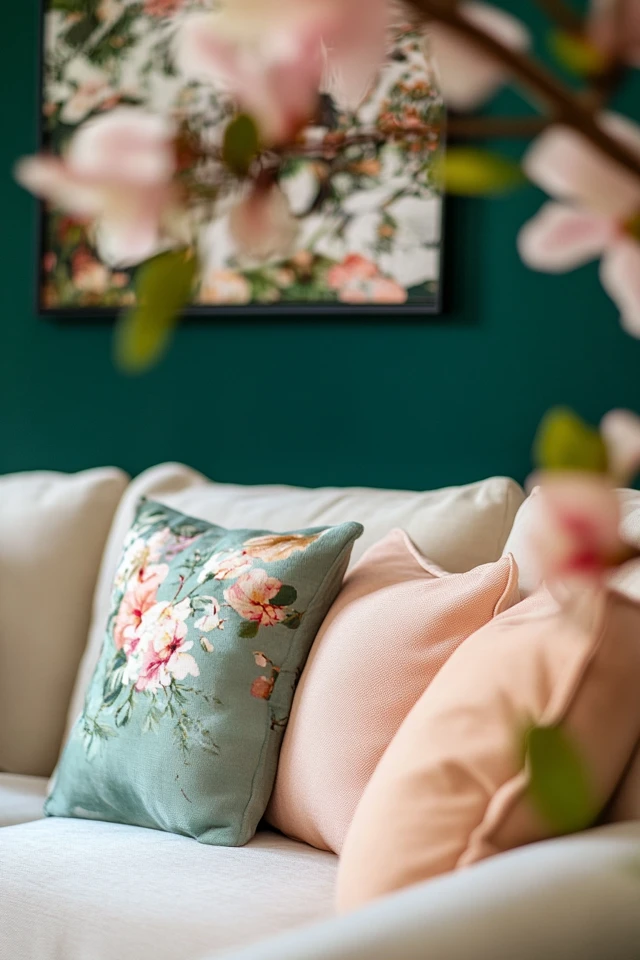Designing an aesthetic room is about more than just making it look good—it’s about creating a space that feels good, too. Comfort is the soul of a room. It’s what turns a beautiful design into a lived-in sanctuary where you can relax, recharge, and feel completely at ease. I learned this lesson early in my design journey. My first “aesthetic” room had all the visual appeal of a Pinterest board but lacked any real comfort—no soft textures, poor lighting, and a chair so stiff I avoided sitting in it. That experience taught me that comfort should never be an afterthought.
Now, as a professional designer, I focus on finding the perfect balance between beauty and functionality. Comfort doesn’t have to clash with style—in fact, the most stunning rooms are often the ones that incorporate both seamlessly. If you’re looking to create a room that is as cozy as it is Instagram-worthy, you’re in the right place.
Let’s explore actionable tips, clever design strategies, and thoughtful choices to help you maximize comfort in your aesthetic room.
1. Start with a Comfortable Color Palette
Why Colors Influence Comfort
Color sets the tone of a room, both visually and emotionally. Certain shades can make a space feel warm and inviting, while others can feel cold or overly stimulating.
Comfort-Driven Color Choices
- Warm Neutrals: Shades like beige, cream, taupe, and soft grey create a calming foundation.
- Earthy Tones: Terracotta, sage green, and dusty blue evoke a sense of connection to nature.
- Avoid Harsh Colors: Bold reds or neon shades can be overwhelming—save them for accents.
One of my favorite projects involved using a muted sage green for the walls of a bedroom. Paired with crisp white bedding and wooden accents, the color immediately created a soothing retreat.
2. Prioritize Plush Textures and Layered Fabrics
Texture Equals Comfort
The key to physical comfort is layering soft, inviting textures throughout your room. Plush materials and cozy textiles create a space you’ll never want to leave.
Textures to Incorporate
- Rugs: Choose a high-pile rug or layer rugs for added warmth underfoot.
- Throws and Blankets: Keep a chunky knit throw or a faux fur blanket within reach.
- Pillows: Mix materials like velvet, linen, and cotton in varying sizes for a luxe, layered look.
In one living room project, I layered a shaggy area rug over hardwood floors and added velvet cushions to a leather sofa. The contrast between hard and soft textures struck the perfect balance of style and comfort.
3. Invest in Cozy Furniture
Function Meets Form
No matter how aesthetic a chair or sofa looks, it won’t matter if it’s uncomfortable. When choosing furniture, always test for comfort and quality.
Comfortable Furniture Tips
- Sofas and Chairs: Look for deep seats, soft cushions, and durable fabrics.
- Accent Chairs: Pair style with functionality by choosing chairs with ergonomic support.
- Beds: Invest in a high-quality mattress and layer with plush bedding.
I once worked with a client who wanted a modern, minimalist living room. We chose a sleek, modular sofa with extra-deep cushions. The streamlined design fit the aesthetic, while the comfort factor made it the room’s most loved feature.
4. Optimize Lighting for Mood and Comfort
The Role of Lighting in Comfort
Lighting is one of the most transformative elements of a room. It sets the mood and affects how you experience the space.
Lighting Tips for a Cozy Aesthetic
- Layered Lighting: Combine ambient, task, and accent lighting.
- Warm Bulbs: Choose bulbs with a warm temperature (2700K–3000K) for a soothing glow.
- Dimmers: Install dimmer switches to adjust light levels throughout the day.
- Candles and String Lights: Add soft, flickering lighting for a touch of whimsy.
In my own bedroom, I use a combination of bedside lamps with warm bulbs and fairy lights draped along the headboard. The soft glow creates a calming environment, perfect for unwinding.
5. Bring in Natural Elements
Nature = Comfort
Incorporating elements of nature makes a room feel grounded and tranquil. Natural textures and greenery soften the space while adding life and warmth.
Ways to Add Nature
- Plants: Use low-maintenance plants like pothos, snake plants, or peace lilies.
- Natural Materials: Incorporate wooden furniture, woven baskets, or linen curtains.
- Organic Shapes: Choose decor with soft, flowing lines instead of sharp angles.
One of my favorite design tricks is using natural wood accents in combination with houseplants. In a recent project, a reclaimed wood coffee table paired with a cluster of leafy ferns created a space that felt instantly inviting.
6. Soundproof and Insulate for Quiet Comfort
Why Silence is Underrated
A comfortable room should also be a peaceful one. Soundproofing and insulation can block out unwanted noise and create a serene environment.
Soundproofing Ideas
- Thick Curtains: Heavy drapes help muffle external noise.
- Rugs and Carpets: These absorb sound and reduce echo.
- Acoustic Panels: Stylish panels can double as wall art.
For a city apartment project, I used velvet blackout curtains and a thick area rug to minimize street noise. The difference was remarkable—the room became a true sanctuary.
7. Add Personal Touches for Emotional Comfort
Make the Space Yours
Comfort isn’t just physical—it’s emotional, too. Surround yourself with decor that feels meaningful and reflects your personality.
Ideas for Personalization
- Photos and Mementos: Frame pictures of loved ones or display souvenirs from your travels.
- Books: Style shelves with your favorite novels or coffee table books.
- Sentimental Decor: Incorporate pieces that hold special memories, like a vintage clock or a handmade vase.
In a recent guest room makeover, we included a gallery wall of family photos. It added warmth and made the space feel uniquely personal.
8. Control Temperature for All-Season Comfort
Stay Comfortable Year-Round
Temperature plays a huge role in how comfortable a room feels. Design choices can help keep you cozy in winter and cool in summer.
Temperature Control Tips
- Throw Blankets: Use lightweight throws for summer and heavier ones for winter.
- Blackout Curtains: Keep rooms cool by blocking sunlight during hot months.
- Portable Fans or Heaters: Stylish designs blend seamlessly with your decor.
In one client’s beach house, we added a ceiling fan with a modern aesthetic. It kept the room breezy while enhancing the overall design.
9. Declutter for Mental and Physical Comfort
The Peace of an Organized Space
Clutter can make even the most beautiful room feel overwhelming. Simplifying your space is essential for comfort.
Decluttering Tips
- Hidden Storage: Use ottomans, baskets, or under-bed storage to keep items out of sight.
- Rotate Decor: Swap out seasonal items to keep surfaces clear.
- Edit Regularly: Donate or sell items you no longer need or love.
For a minimalist-inspired bedroom, I used sleek, closed storage units to keep belongings out of sight. The result was a clean, serene space.
10. Incorporate Scents for a Sensory Experience
Engage Your Sense of Smell
A pleasant scent can elevate the comfort of your room and make it feel even more inviting.
Scent Ideas
- Candles: Opt for calming scents like lavender, vanilla, or sandalwood.
- Essential Oil Diffusers: Create custom blends for relaxation or energy.
- Fresh Flowers: Add a vase of fragrant blooms like roses or eucalyptus.
In my own living room, I keep a diffuser on the coffee table with an uplifting citrus scent. It’s a small detail, but it makes a big impact.
Picture Gallery
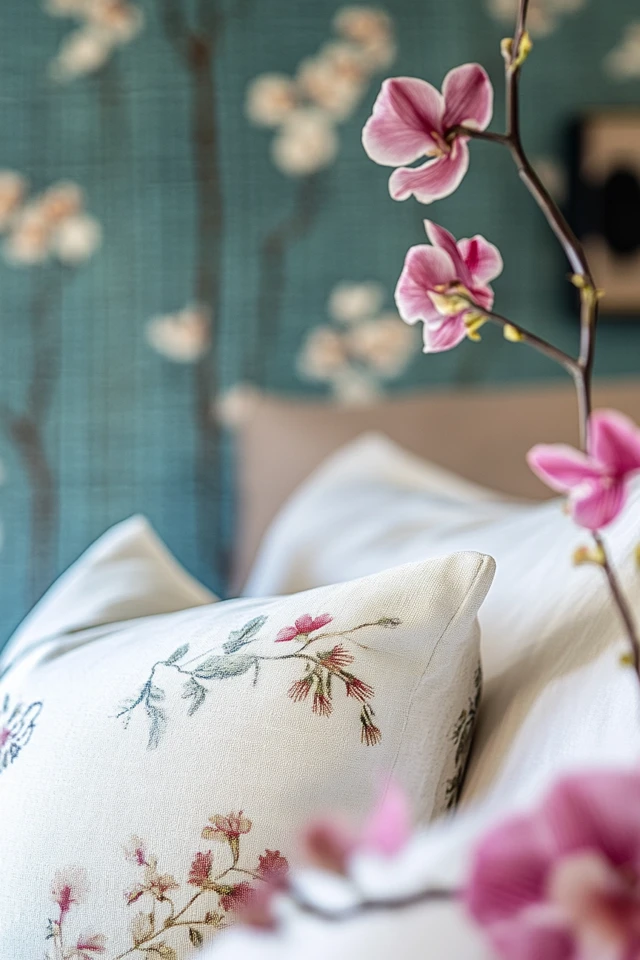
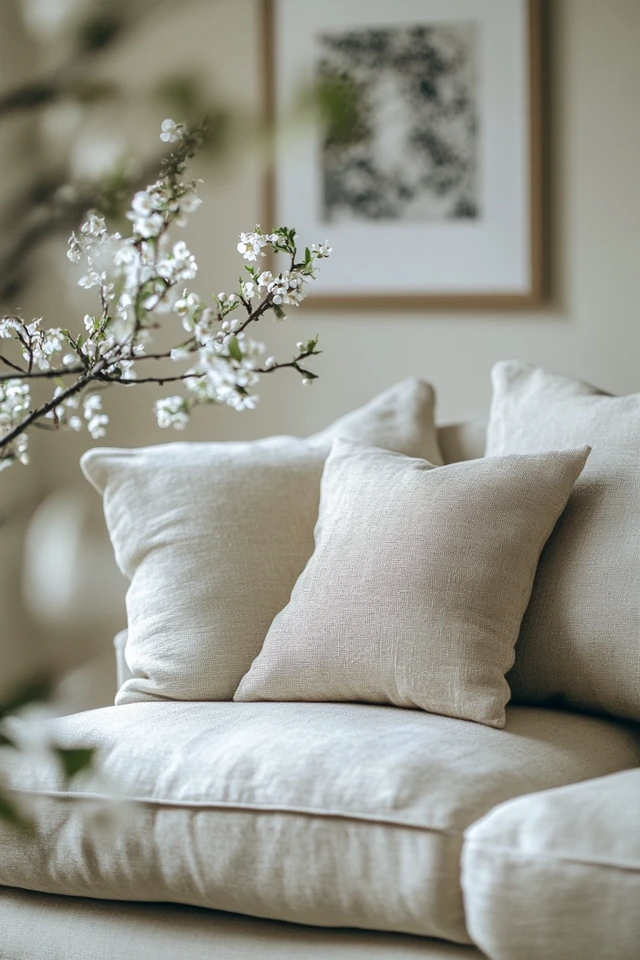
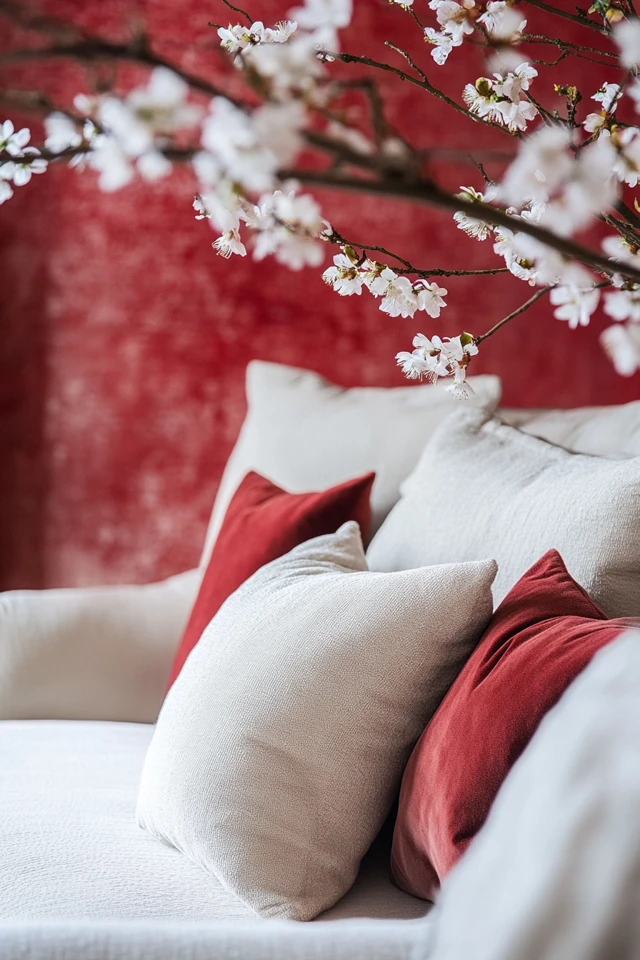
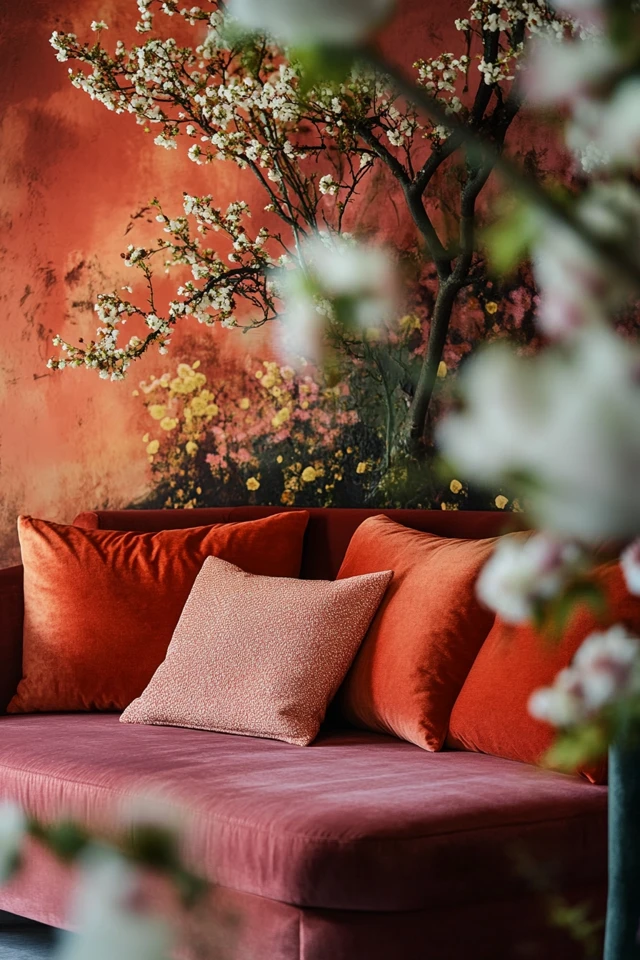

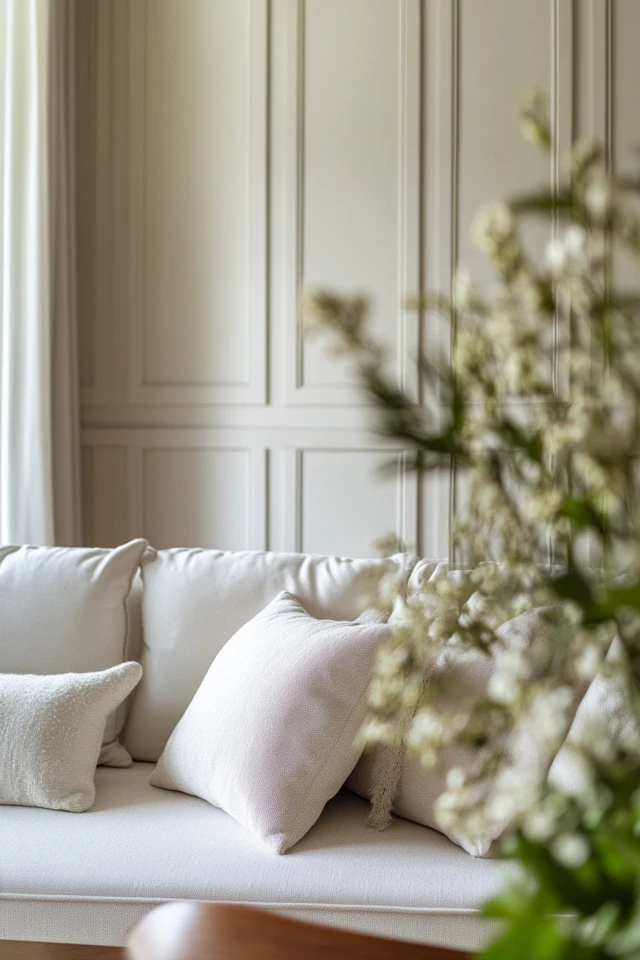
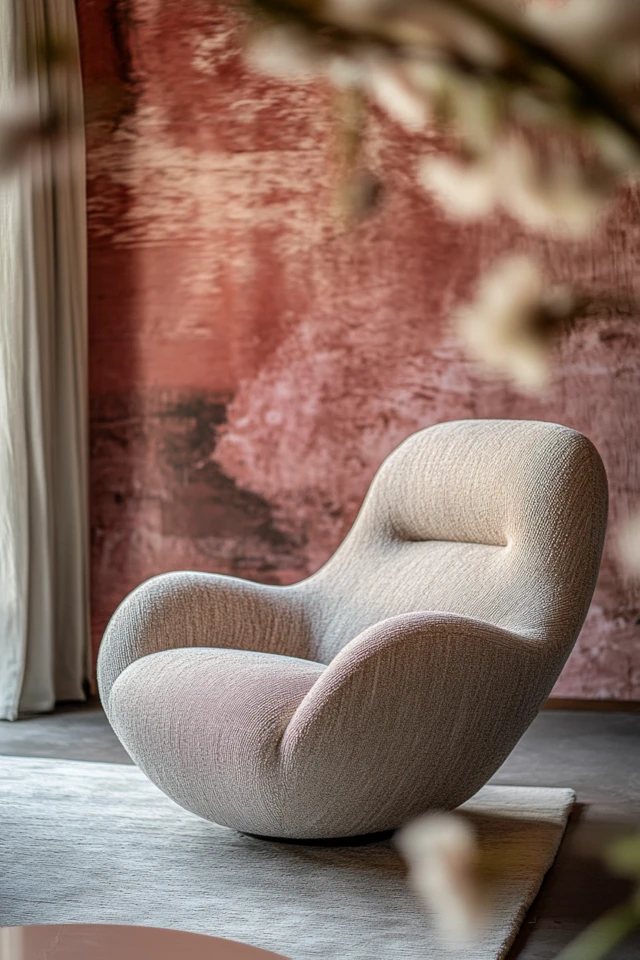
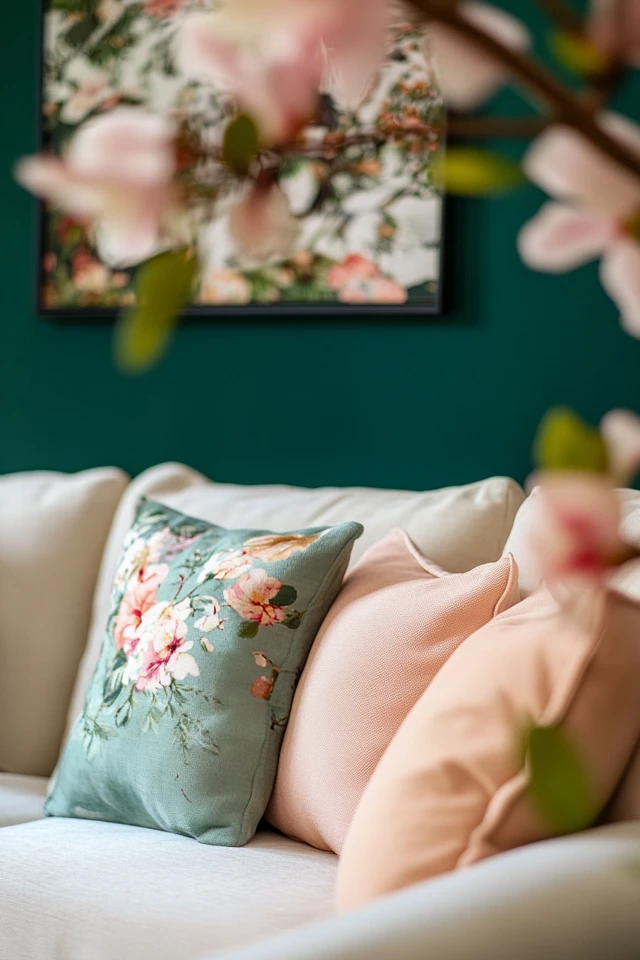
Conclusion
Maximizing comfort in an aesthetic room is about blending style with thoughtfulness. From choosing soft textures and calming colors to optimizing lighting and personalizing your space, each decision contributes to creating a room that feels like home.
When I think back to my earliest designs, I realize how much I underestimated the importance of comfort. Today, it’s my top priority. After all, a room can be beautiful, but if it isn’t comfortable, it won’t feel complete. By layering cozy elements, adding personal touches, and designing for all the senses, you can create a space that nurtures both body and soul.
So, take these tips and make them your own. Whether you’re revamping a bedroom, living room, or even a small reading nook, remember: comfort is the heart of any aesthetic room.
FAQ
How do I make my room look aesthetic and comfortable on a budget?
Focus on affordable decor like throw blankets, pillows, and fairy lights. Secondhand furniture or DIY projects can also elevate your space affordably.
What are the best fabrics for a cozy room?
Velvet, faux fur, linen, and cotton are excellent choices for creating a soft, inviting atmosphere.
How can lighting make a room more comfortable?
Use warm-toned bulbs, dimmer switches, and layered lighting to create a cozy, adjustable ambiance.
What’s the easiest way to add personality to a room?
Incorporate personal items like photos, meaningful decor, and books that reflect your interests.
Can small rooms still feel comfortable and aesthetic?
Absolutely! Use multifunctional furniture, light colors, and mirrors to make the space feel larger while keeping it cozy.

